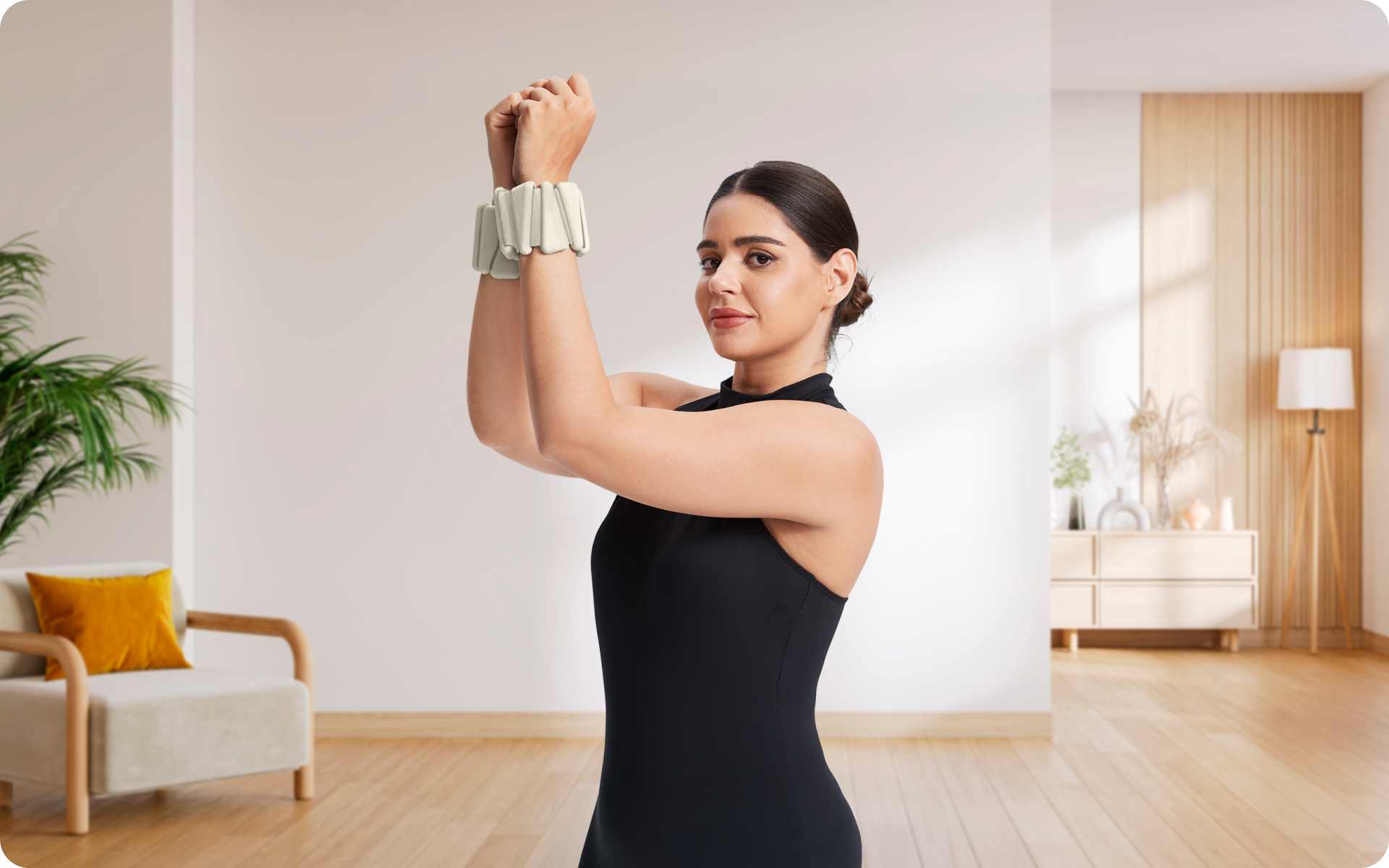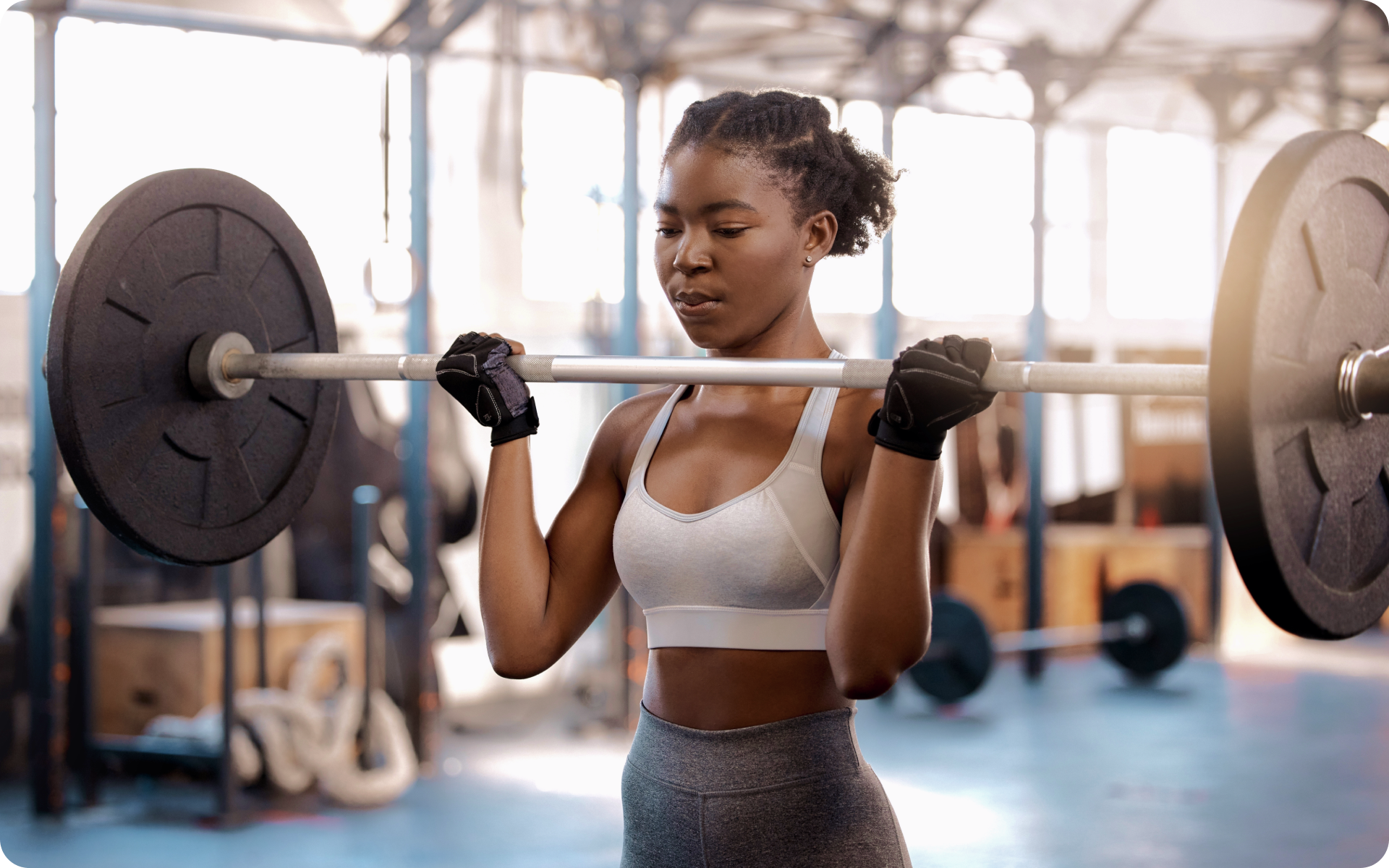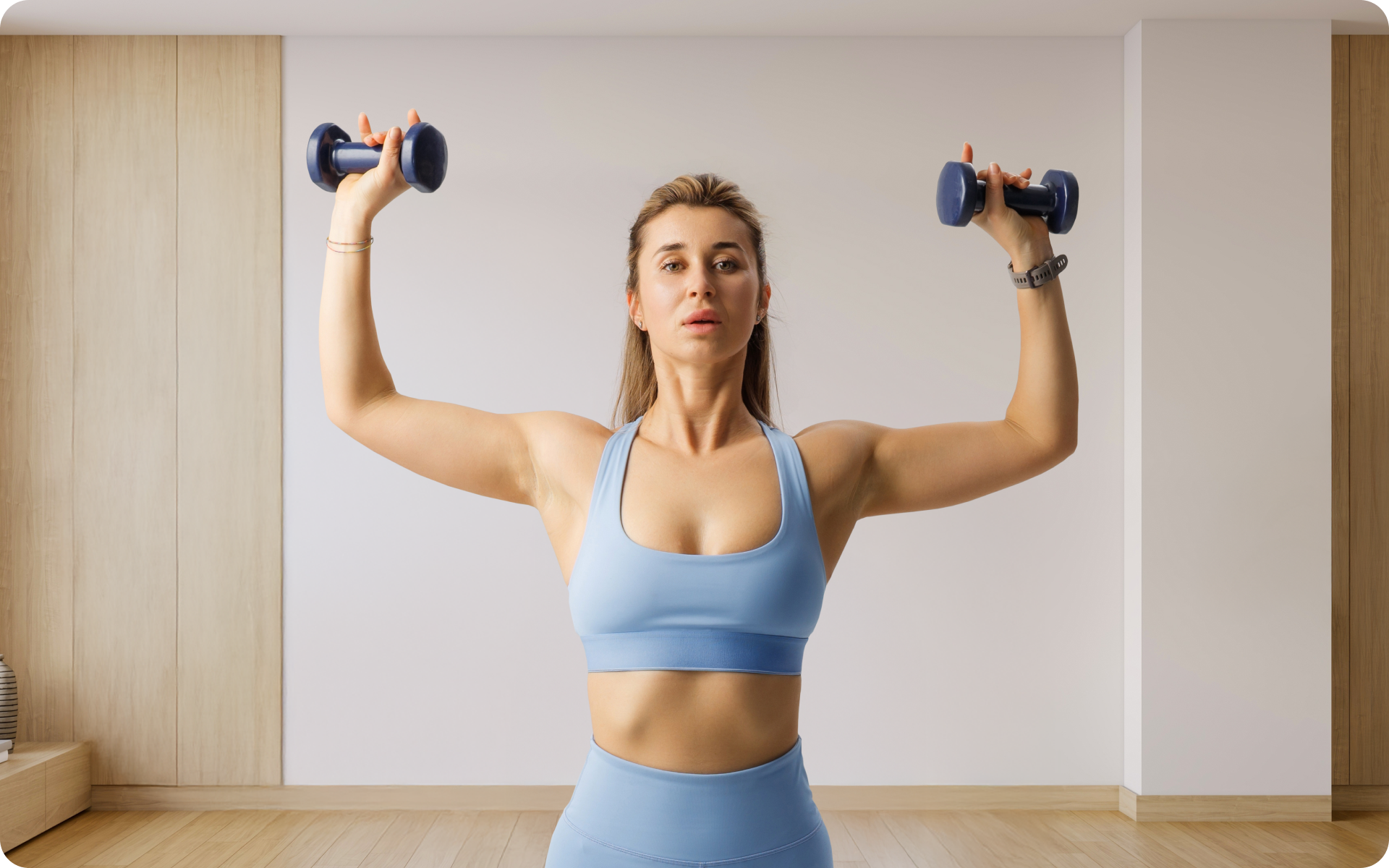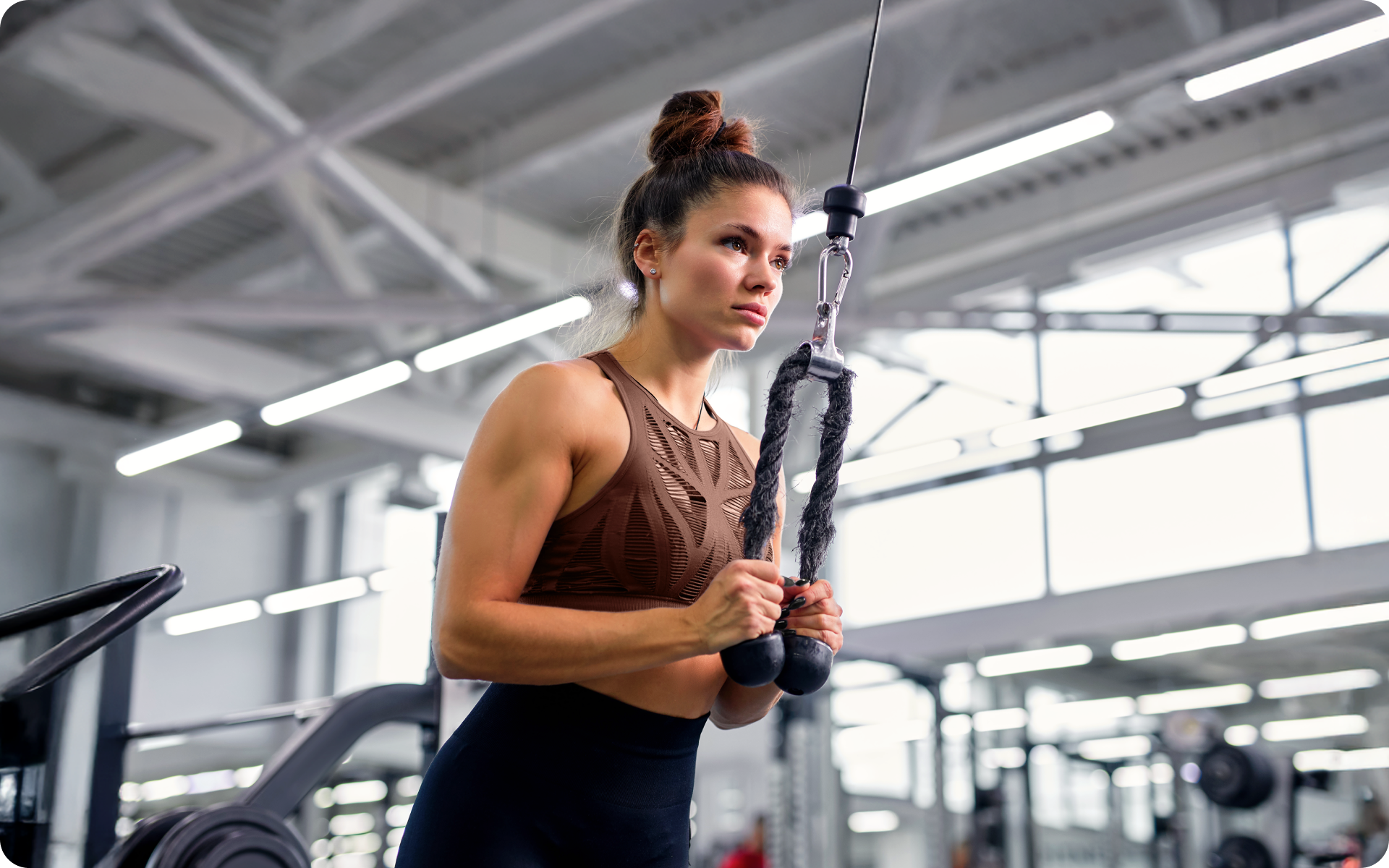The shoulder is a multi-jointed ball-and-socket joint which allows a great deal of motion in the arm. However, this mobility comes at the price of stability, and the shoulder is therefore susceptible to injury. There are two main types of shoulder injuries: those that involve the soft tissues (such as tendons and muscles), and those that involve the bones and joints. Soft tissue injuries are usually the result of overuse, such as repetitive motions or poor posture. These types of injuries can be treated with rest, ice, and physical therapy. Bone and joint injuries are usually the result of a single traumatic event, such as a fall or a blow to the shoulder. These types of injuries may require surgery to repair. After an injury, it is important to regain full shoulder mobility. This will help to prevent further injury and allow you to return to your normal activities more quickly. There are several exercises which can help increase shoulder mobility. But before we get into those, let’s first talk about why it’s important to increase shoulder mobility.
Get your personalized
meal plan!
What Is Shoulder Mobility?
Let’s take a look at the anatomy of the shoulder joint to better understand what we mean by shoulder mobility.
The shoulder joint is a ball-and-socket joint that is formed where the head of the humerus (upper arm bone) meets the scapula (shoulder blade). The socket is shallow, which allows for a greater range of motion than other joints in the body.
The shoulder joint is held together by a number of muscles, ligaments, and tendons:
- The rotator cuff muscles and tendons surround the shoulder joint and help to stabilize the humerus in the socket.
- The deltoid muscle attaches from the clavicle (collarbone) to the humerus and is responsible for lifting the arm away from the body.
- The biceps muscle attaches from the shoulder to the elbow and helps to flex the arm.
- The triceps muscle attaches from the shoulder to the elbow and helps to extend the arm.
- The latissimus dorsi muscle attaches from the lower back to the humerus and helps to bring the arm down from overhead.
- The pectoralis major muscle attaches from the chest to the humerus and helps to bring the arm across the body.
- The supraspinatus muscle attaches from the shoulder blade to the humerus and helps to lift the arm away from the body.
- The infraspinatus muscle attaches from the shoulder blade to the humerus and helps to rotate the arm outward.
- The teres minor muscle attaches from the shoulder blade to the humerus and helps to rotate the arm outward.
- The subscapularis muscle attaches from the shoulder blade to the humerus and helps to rotate the arm inward.
Now that we have a basic understanding of the anatomy of the shoulder joint, let’s talk about what we mean by shoulder mobility.
Shoulder mobility is the ability of the shoulder joint to move through its full range of motion. This includes both active and passive motion.
The difference between active and passive motion is that, with active motion, the muscles surrounding the shoulder joint contract to move the arm. With passive motion, the muscles are relaxed and the arm is moved by another force, such as gravity or the weight of the body (6).
Most people have a good range of passive motion in their shoulders, but may have limited active motion. This is because the muscles that move the shoulder joint can become tight and restrictive from overuse or inactivity.
If these muscles are not properly stretched and exercised, they can cause the shoulder joint to become stiff and immobile.
Read More: Shoulder Exercises For Women: Tone And Strengthen Your Shoulders
What Causes Lack Of Shoulder Mobility?
There are a number of factors that can contribute to a lack of shoulder mobility. These include:
Overuse
When the shoulder joint is used repetitively for overhead activities, such as swimming or tennis, the muscles and tendons can become tight and restricting.
Inactivity
If the shoulder joint is not used regularly, the muscles can become weak and tight. This can be a particular problem for people who have desk jobs and do not move their arms much during the day.
Age
As we age, the muscles and tendons around the shoulder joint can become shorter and less elastic. This can lead to a loss of range of motion.
Injury And Certain Conditions
An injury to the shoulder, such as a rotator cuff tear, can cause the muscles and tendons to become tight and restrictive.
Certain chronic conditions, such as arthritis, can cause the muscles and tendons around the shoulder joint to become tight and restrictive. Below is a list of the common conditions that may limit shoulder mobility:
- Shoulder arthritis – This is a condition that causes the cartilage in the shoulder joint to break down, leading to pain and stiffness (5).
- Rotator cuff tear – This is a common injury that occurs when the tendons or muscles around the shoulder joint are torn (3).
- Frozen shoulder – This is a condition in which the shoulder joint becomes stiff and immobile (2).
- Shoulder bursitis – This is a condition in which the fluid-filled sacs that cushion the shoulder joint become inflamed (4).
Why Is Shoulder Mobility Important?
Having good shoulder mobility is important for a number of reasons:
- It helps to keep the shoulder joint healthy and pain free.When the shoulder joint is not able to move through its full range of motion, it can become stiff and painful.
- Good shoulder mobility is necessary for performing many daily activities, such as reaching overhead or behind the back.
- Shoulder mobility is important for maintaining good posture. When the shoulders are not able to move properly, it can cause the spine to round forward, leading to poor posture.
- Good shoulder mobility is necessary for participating in many sports and recreational activities. For example, if you enjoy playing tennis or swimming, you need to have good shoulder mobility to execute the strokes properly.
If you struggle to even flirt with the idea of giving up your favorite foods or working out till your legs give way – BetterMe app is here to breathe a fresh perspective into the way you view the weight loss process! Check out the app and experience the fun side of fitness and dieting with BetterMe!
Is It Possible To Increase Shoulder Mobility?
There are a number of things you can do to improve shoulder mobility. These include:
1. Stretching The Muscles That Move The Shoulder Joint
One of the best ways to improve shoulder mobility is to stretch the muscles that move the shoulder joint. Below are some of the best stretches for shoulder mobility:
Sleeper Stretch
The sleeper stretch is a great stretch for the muscles that rotate the shoulder inward, such as the subscapularis.
To do this stretch:
- Lie on your left side with your head supported on a pillow and your shoulder stacked underneath you.
- Bend the left arm so your fingers point towards the ceiling. This is the starting position.
- Using your right arm, gently lower the left arm towards the floor. You should feel a stretch in the back of the left shoulder.
- Hold the stretch for 30 seconds and perform three repetitions, then repeat on the other side.
Cross Arm Stretch
The cross arm stretch is a great stretch for the rotator cuff muscles and the muscles that move the shoulder blade.
To do this stretch:
- Stand with your feet shoulder-width apart and your arms crossed in front of your body.
- Gently pull your left arm across your chest using your right hand. You should feel a stretch in the back of the left shoulder.
- Hold the stretch for 30 seconds and repeat on the other side.
Pec Stretch
The pec stretch is a great stretch for the pectoralis major and minor muscles. When these muscles are tight, they can pull the shoulder forward and limit mobility.
To do this stretch:
- Stand with your feet shoulder-width apart and your arms by your sides.
- Clasp your hands behind your back.
- Lift your chest and pull your shoulders back. You should feel a stretch in the front of your chest.
- Hold the stretch for 30 seconds and repeat three times.
Doorway Stretch
The doorway stretch is a great stretch for the pectoralis major and minor muscles. It is similar to the pec stretch, but can be done using a door frame for support
To do this stretch:
- Stand in a doorway with your feet shoulder-width apart.
- Place your forearms on the door frame at shoulder height.
- Lean forward until you feel a stretch in the front of your chest.
- Hold the stretch for 30 seconds and repeat three times.
Read More: Shoulder Mobility Exercises & Stretches For Better Range Of Motion
2. Strengthening The Muscles That Move The Shoulder Joint
In addition to stretching, strengthening the muscles that move the shoulder joint is also important for improving mobility. Some of the best exercises for shoulder mobility are:
External Rotations
External rotations help to strengthen the muscles that rotate the shoulder outward, such as the infraspinatus and teres minor.
To do this exercise:
- Sit on a chair with your back straight and your feet flat on the floor.
- Hold a weight in your left hand with your arm at your side and your elbow bent to 90 degrees.
- Keeping your elbow against your side, rotate your forearm up and away from your body.
- Pause for a count of two and then slowly return to the starting position.
- Repeat 10-15 times and then repeat on the other side.
Internal Rotations
Internal rotations help to strengthen the muscles that rotate the shoulder inward, such as the subscapularis.
To do this exercise:
- Sit on a chair with your back straight and your feet flat on the floor.
- Hold a weight in your left hand with your arm at your side and your elbow bent to 90 degrees.
- Keeping your elbow against your side, rotate your forearm down and towards your body.
- Pause for a count of two and then slowly return to the starting position.
- Repeat 10-15 times and then repeat on the other side.
Prone Y’s
Prone Y’s help to strengthen the muscles that move the shoulder blade, such as the serratus anterior and trapezius.
To do this exercise:
- Lie face down on a bench with your arms at your sides and your palms facing down.
- Keeping your arms straight, raise your arms up and out to the sides until they are in line with your body.
- Pause for a count of two and then slowly return to the starting position.
- Repeat 10-15 times.
Whether you’re a workout beast or just a beginner making your first foray into the world of fitness and dieting – BetterMe has a lot to offer to both newbies and experts! Install the app and experience the versatility first-hand!
High To Low Rows
High to low rows help to strengthen the muscles that move the shoulder blade, such as the rhomboids and trapezius. They are performed using a resistance band or cable machine.
To do this exercise:
- Attach a resistance band to a door knob or other sturdy object.
- Stand with your feet shoulder-width apart and your knees bent.
- Bend forward at the waist and grasp the band with your right hand.
- Pull the band towards your body, leading with your elbow.
- Pause for a count of two and then slowly return to the starting position.
- Repeat 10-15 times and then repeat on the other side.
3. Improving Posture
One of the main reasons people have tight shoulders is because of poor posture (1).When you sit or stand with your shoulders hunched forward, it puts the muscles and tendons in a shortened position, which can lead to tightness and reduced mobility.
Improving your posture is one of the best things you can do for shoulder mobility. Some tips to improve your posture include:
- Standing up straight: When standing, imagine there is a string attached to the top of your head that is pulling you upwards.
- Sitting up straight: When sitting, keep your shoulders back and your chin level with the ground.
- Avoiding slouching: When standing or sitting, avoid slouching forward. This puts unnecessary strain on the muscles and tendons in the shoulders.
4. Getting A Massage
If tightness and stiffness in the shoulders is due to muscle tension, then getting a massage can be an effective way to relieve the symptoms. Massage can help to loosen tight muscles and improve circulation in the area, which can reduce pain and stiffness.
Foam rolling is a form of self-massage that can help to relieve muscle tension and improve circulation. It is a simple and effective way to reduce shoulder stiffness and improve mobility.
To foam roll the shoulders:
- Sit on the floor with a foam roller placed under your right shoulder.
- Roll up and down from your shoulder to your mid-back.
- Repeat on the other side.
5. Seeking Treatment From A Physical Therapist
If shoulder stiffness and pain does not improve with home treatment, it is important to seek medical help. A physical therapist can assess your condition and provide specific exercises and treatments to improve mobility and reduce pain.
Some of the treatments that a physical therapist may use include:
- Ultrasound: Ultrasound therapy uses sound waves to improve circulation and reduce inflammation.
- Manual therapy: Manual therapy is a type of massage that is used to release muscle tension and improve range of motion.
- Joint mobilization: Joint mobilization is a treatment that involves moving the joints in order to reduce stiffness and pain.
- Exercise: Physical therapists can prescribe specific exercises to improve range of motion and reduce pain.
- Surgery: In some cases, surgery may be necessary to release the muscles and tendons that are causing stiffness and pain.
If you are experiencing shoulder stiffness and pain, it is important to seek medical help. A physical therapist can assess your condition and provide specific exercises and treatments to improve mobility and reduce pain.
The Bottom Line
Shoulder stiffness and pain is a common problem that can be caused by a variety of factors, such as poor posture, muscle tension, or injury.
There are several things you can do to improve shoulder mobility, such as stretching, strengthening the muscles around the shoulder, and improving your posture. If these measures do not improve the symptoms, it is important to seek medical help.
A physical therapist can assess your condition and provide specific exercises and treatments to reduce pain and improve mobility.
DISCLAIMER:
This article is intended for general informational purposes only and does not serve to address individual circumstances. It is not a substitute for professional advice or help and should not be relied on for making any kind of decision-making. Any action taken as a direct or indirect result of the information in this article is entirely at your own risk and is your sole responsibility.
BetterMe, its content staff, and its medical advisors accept no responsibility for inaccuracies, errors, misstatements, inconsistencies, or omissions and specifically disclaim any liability, loss or risk, personal, professional or otherwise, which may be incurred as a consequence, directly or indirectly, of the use and/or application of any content.
You should always seek the advice of your physician or other qualified health provider with any questions you may have regarding a medical condition or your specific situation. Never disregard professional medical advice or delay seeking it because of BetterMe content. If you suspect or think you may have a medical emergency, call your doctor.
SOURCES:
- Association Between Forward Head, Rounded Shoulders, and Increased Thoracic Kyphosis: A Review of the Literature (2017, nih.gov)
- Frozen Shoulder (2022, nih.gov)
- Rotator cuff tears: An evidence based approach (2015, nih.gov)
- Subacromial Bursitis (2022, nih.gov)
- Shoulder Osteoarthritis (2013, nih.gov)
- The active and passive kinematic difference between primary reverse and total shoulder prostheses (2014, nih.gov)












